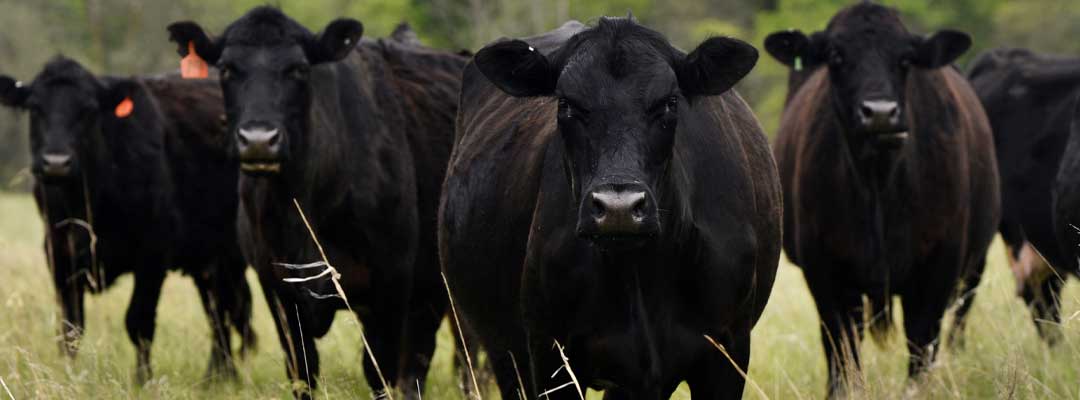Q&A: Ticks on Cattle
Veterinarian discusses methods of tick control in cattle health programs

Many cattle producers may face trouble with ticks, which can transmit costly health conditions. For a better understanding about ticks on cattle and how to control them, we checked in with Elanco Senior Technical Consultant Veterinarian, Thach Winslow, DVM. Read on, as he answers commonly asked questions, below!
Which ticks on cattle are the most common, and what are herd health risks?
“There are a handful of ticks, and it depends on what part of the country you're in,” Dr. Winslow said. “There’s the Spinose Ear Tick, Rhipicephalus Ticks, the Gulf Coast Tick and Dermacentor Ticks. There's a new tick that just came in the United States in the past five years -- the Asian Longhorn [an invasive tick species]. The Spinose and Gulf Coast ticks mostly damage the hide and ears; they don’t play a big role in disease spread. These ticks are controlled well with insecticide tags.”
Two “significant” tick-borne diseases include anaplasmosis and bovine theileriosis, cautions Dr. Winslow.
Anaplasmosis affects cattle operations nationwide but is less common in the northern regions. Transmitted by ticks and biting flies, the condition causes death, pregnancy loss and even infertility in bulls. Signs of anaplasmosis can include lethargy, shortness of breath, aggressive behavior before death, and more.
The Asian longhorned tick can transmit bovine theileriosis in livestock, and unfortunately, there is currently no approved treatment method for the disease. Causing chronic anemia, this tick-borne disease also can result in lethargy, fever, diarrhea, stillborn calves and more; however, it’s common for the disease to present no recognizable signs at all.
When is tick season?
Tick season varies across the country, but overall, ticks typically prefer warm, wet weather.
“It tends to be later in the summer, but certainly, there are some areas where we can have spring ticks,” said Dr. Winslow.
What are recommended tick control methods in cattle?
Dr. Winslow said, “Most of our ticks, unfortunately, are what we call three hosts ticks, which means that as they go through their life cycle, they leave the animal and then get on another animal for the next stage of their life cycle.”
Because of this, treating the environment is far more difficult than treating the animal. For tick control in cattle, on-animal control methods are best, assures Dr. Winslow. Producers can find a number of tick control methods in cattle available at ValleyVet.com, including insecticide ear tags, pour-on products and cattle spray for ticks.
“Some of the approaches we can take to help control ticks would be our Corathon, Cylence Ultra and Patriot Insecticide Cattle Ear Tags,” said Dr. Winslow. “And then, we have pour-ons, including Permectrin CDS and Permectrin II -- both of those are pour-on products and pyrethroids -- as well as Cylence Pour-On Insecticide. Our strongest product for tick control is going to be Co-Ral Fly and Tick Spray.”
When is the best time to apply tick control methods in cattle?
“Producers will want to start tagging just prior to when they're going to see ticks,” encouraged Dr. Winslow. “An insecticide tag put in early in the spring or late summer for tick control isn't going to work very well for fly control. That would be a case where we would specifically retag those cattle for optimal control of both. We all know that cattle go through the chute for specific reasons, whether it's branding, turnout, or preg check, and we need to try and focus our control programs around that as best we can.”
Keep these insights in mind when implementing a tick control program for your herd. Visit ValleyVet.com to help ensure your herd’s health or talk with your Elanco representative.


